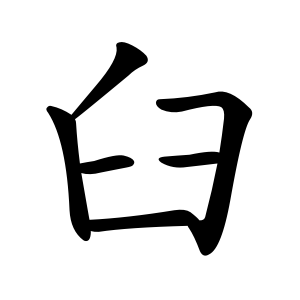臼
- mortar;
A hollow vessel used to pound or crush ingredients.
Etymology
According to the Shuowen Jiezi (説文解字 shuōwén jiězì), 臼 (mortar) is an ideogram representing a mortar used for pounding rice, and the strokes inside the 臼 depict the rice remaining inside the mortar.
When used as a radical, the lower part may be truncated and written as 𦥑.
There is a variant character 旧, which is often used as an abbreviation of 舊 (old), and while 臼 as a component is often replaced by 旧 in compound characters, in China 臼 is generally not replaced by 旧 except when 舊 is simplified to 旧.
Interestingly, the native Korean word for "mortar" does not use this character.
Usage in Korean
Besides 臼 itself, the variant 𦥑 (called 깍지 낄 국), which depicts two hands raised upward, is also classified under the same radical.
According to the Shuowen Jiezi (説文解字 shuōwén jiězì), 𦥑 symbolizes the shape of two hands stretched upward.
When used as a radical with semantic meaning, 臼 relates to mortars or grinding tools, while 𦥑 indicates actions involving both hands.
Characters with 臼
- 竹難 (HX)
- ⿵⿲ 丨 ⿱ 丿 一 ⿹ 𠃍 一一
